submitted by Samuel Bendett
Homeland Security News Wire - March 2, 2012
Following the massive 11 March earthquake and tsunami that rocked Japan, residents and experts there have grown increasingly skeptical of quake forecasts.
Last month two University of Tokyo seismologists released a study that predicted a major earthquake would hit Japan’s capital city within the next four years. Their study was sharply criticized by those who said their claims were likely incorrect.
Bowing to pressure, the university’s Earthquake Research Institute posted a notice on its site that stated the latest earthquake forecast was the opinion of two researchers and noted the study’s “large margin of error.”
“Many seismologists think this kind of study is too simple,” said Naoyuki Kato, a seismologist at the institute, in an interview with the Washington Post.
Japan, which has been frequently rocked by powerful earthquakes in the past, invests more money than any other nation in the world on earthquake prediction, yet despite spending more than $100 million annually, the art of predicting earthquakes remains elusive.

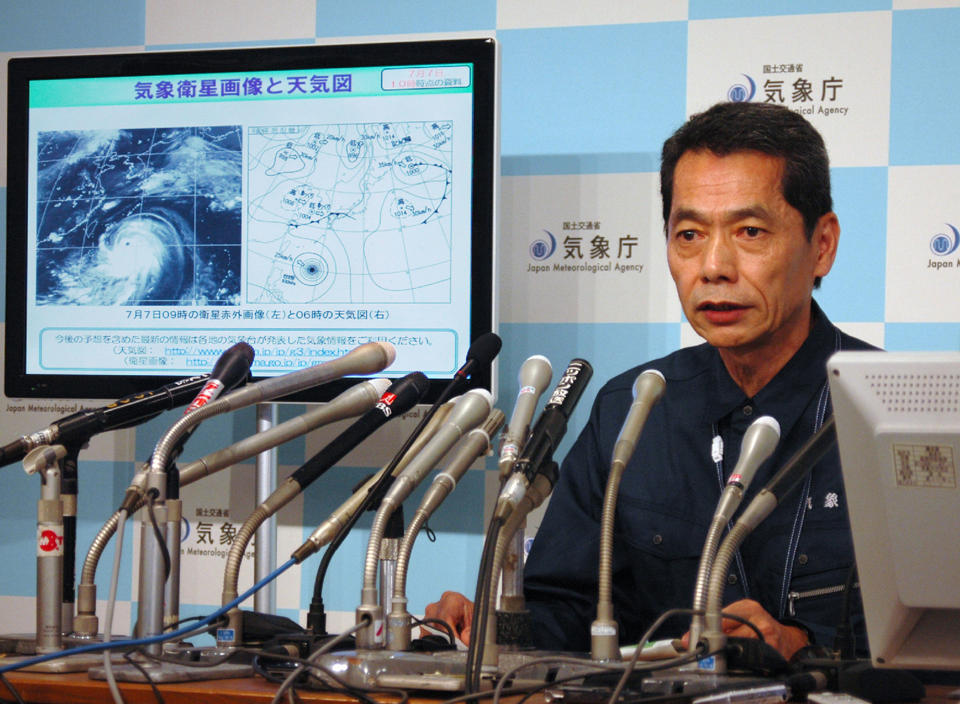


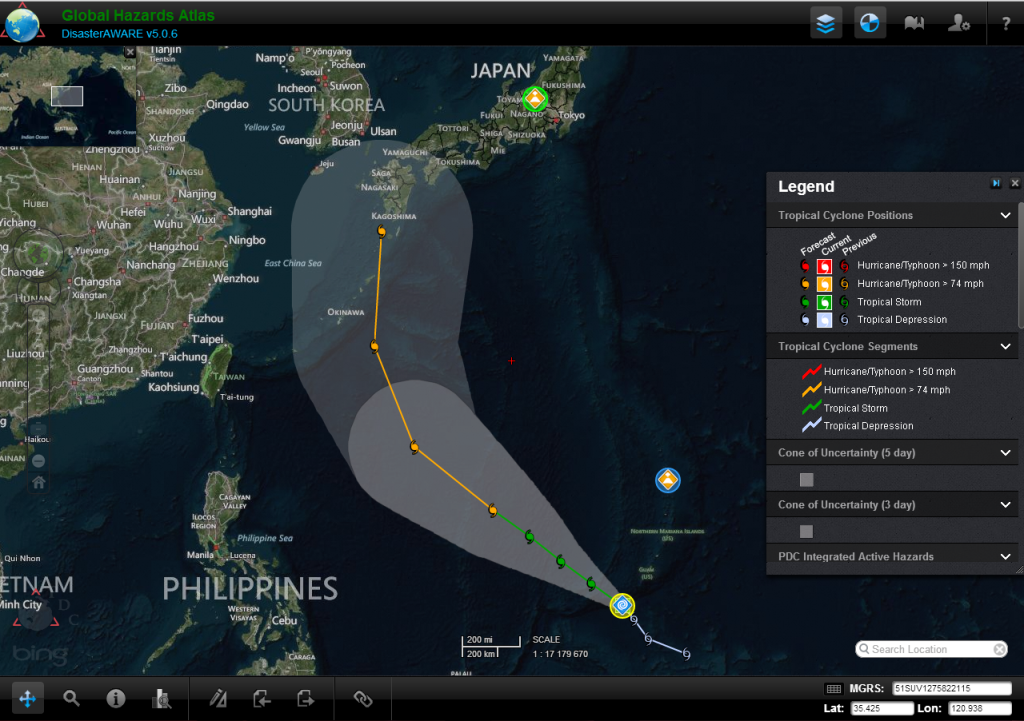
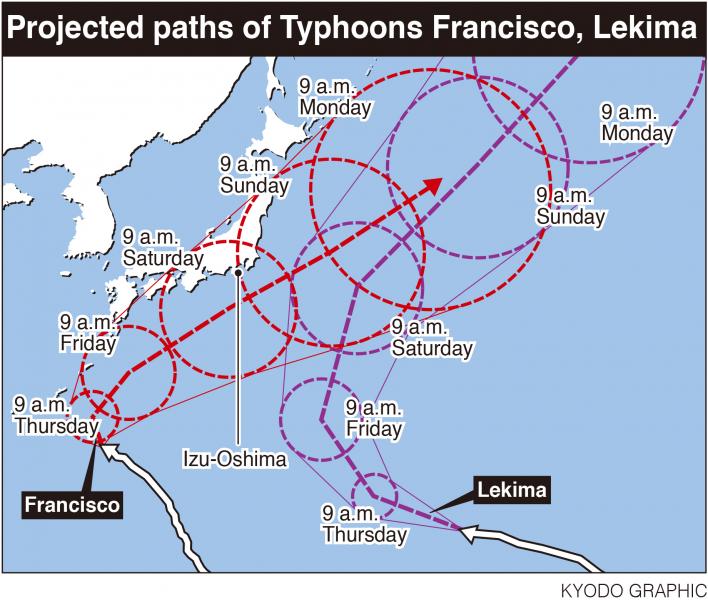
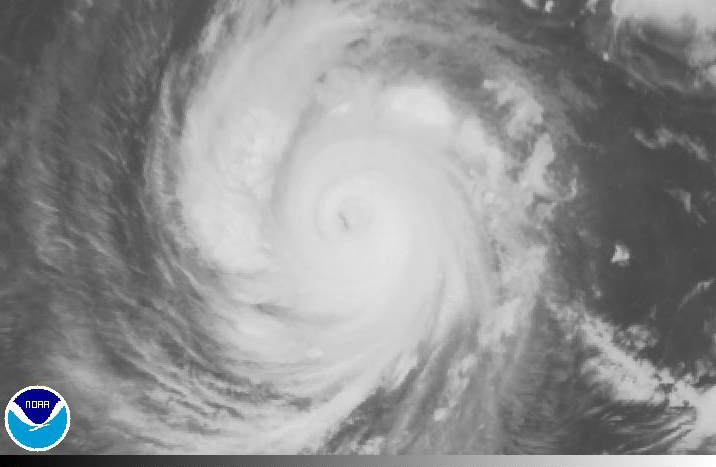


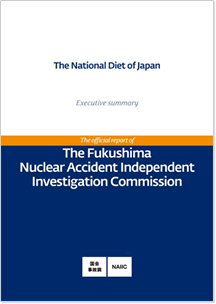 submitted by Luis Kun
submitted by Luis Kun
Recent Comments